Jantar Mantar, Delhi- A Complete Guide. Travelling to beautiful scenic places or historical places boosts your energy and refreshes you.
Nothing beats the knowledge that your kids or family inculcates by visiting scientific wonders of our country. Since ancient times India has been one of the pioneer countries in science and engineering.
Ancient temples and monuments have been constructed by Indian artists that are not only a magnificent view for the eyes but also scientifically important.
From the perfectly symmetrical Taj Mahal to the scientifically correct Jantar Mantar, there are numerous monuments that are actually wonders of science.
About Jantar Mantar
Maharaja Jai Singh II of Jaipur constructed fie sundials during his reign in the 18th century. They were built respectively in Jaipur, Delhi, Mathura, Varanasi and Ujjain.
The Jantar Mantar in Delhi is one of the best sundials that the world has and which gives time and calculations approximately perfect.
The term Jantar Mantar is actually derived from the words Jantra Mantra which means a calculating instrument. It was primarily built so that it can tell the exact time of the day when the sunrays fall on it.
The instrument has 13 sub-parts that help it make other calculations like the position of sun, moon and other celestial bodies.
Also read 22 Most Popular Historical Places in Delhi
The Architecture of Jantar Mantar
Build in the year 1724, the instrument measures about 723 feet. The structure is made in a contemporary style of art and architecture. The gigantic monument is made from bricks that are formed of sedimentary rocks and thus have a reddish colour.
Spanning a vast area, the building has 13 instruments and four distinctive among them, namely the Samrat Yantra, Jaya Prakash Yantra, Ram Yantra, and the Mishra Yantra. Each instrument has different importance and was built to make accurate calculations in astronomy.
Misra Yantra
Misra Yantra literally means mixed instruments and is the only instrument in the complex that was not invented by Jai Singh II.
This yantra consists of 5 instruments and gives the exact time of noon in various cities and locations. It also determines which is the shortest and longest day of the year.
Samrat Yantra
Samrat Yantra means the supreme instrument or the major instrument. The instrument is a triangle in structure and has a height of about 70 feet.
Built on a base of about 114 feet width, it has a thickness of about 10 feet and is actually an equal hour sundial. It also has a 128 feet long hypotenuse that points towards the North Pole and is parallel to the axis of the earth.
On both sides of the hypotenuse, there are quadrants that mark the hours, minutes and seconds, thus giving the appropriate time.
Jaiprakash Yantra
The Jaiprakash Yantra has two hollowed-out hemispheres that have markings on their concave sides, and wires stretched in between the rims.
The yantra has a plaque that reads “Jai Prakash Yantra consists of two concave hemispherical structures used for ascertaining the position of the sun and other heavenly bodies. The instrument is an efficient dial showing at any instant the local time, the sun’s declination and the sign of the zodiac.”
Rama Yantra
This instrument is used to determine the altitude or height of the stars depending on the latitude and longitude of earth.
It consists of two cylindrical buildings that together complete the yantra. After you are inside this instrument, you can align the position of the stars by the various markings on the rim.
You may also like 6 Popular Forts in Delhi That You Must Visit
Jantar Mantar Timings
Jantar Mantar is open for the common public to visit on all days of the week, from Monday to Sunday. You can visit the complex from 6.00 AM in the morning to 6.00 PM in the evening.
Jantar Mantar Entry Fees
As the Jantar Mantar receives a huge number of visitors from all over the world, the entry fees have been kept at a minimum price. For Indian visitors the entry fee is Rs 15, for tourists visiting from foreign countries, the tickets are of Rs 200. If you are a tourist from the SAARC countries, then you have to pay Rs 15 to enter the premises.
The building complex charges nothing for photography, and it is allowed.
How to Reach Jantar Mantar
As Jantar Mantar is located in Delhi, the capital of India, it is easily reachable by all means of transport.
By Air
The nearest airport to Jantar Mantar is the Indira Gandhi International Airport, Delhi. After reaching the airport, you can board any private transport to reach the observatory.
By Rail
The Delhi Railway Station is one of the biggest and easily connected with the major cities of the country via frequent trains. You can also board metro rail to reach the Jantar Mantar. The nearest metro station to reach it is the Patel Chowk.
By Road
Delhi is well connected via road to the different cities and neighbouring places. Numerous deluxe and state buses connect the capital city. You can drive or take a mode of local transport to reach Jantar Mantar.
Related Read 5 Most Popular Places For Boating in Delhi
Tourist Attractions Near Jantar Mantar
Raj Ghat
Located in Ring Road, by the banks of River Yamuna, Raj Ghat is a memorial build to commemorate the father of our nation, Mahatma Gandhi. Built simply, the memorial consists of a black platform, where Mahatma Gandhi was cremated.
Near the platform at one end, there is an eternally burning lamp. The platform lies under the open sky. The structure lies amidst lush green lawns, flanked by a stone footpath.
Also Read A Complete Guide To Raj Ghat – Timings, Entry Fee, History and more
Rah Ghat also serves as a home to numerous other samadhis, including that of Pandit Jawaharlal Nehru, Lal Bahadur Shastri, K.R Narayan, Indira Gandhi, Rajiv Gandhi, Chandra Sekhar, Atal Bihari Bajpayee, etc.
Agrasen Ki Baoli
Considered to be a protected site by the Archaeological Society of India, Agrasen Ki Baoli is a 60 meter long and 15-meter wide stepwell located near Cannaught Place.
It is believed by historians that the building was constructed by Agrasen, the legendary King during the rule of the Tughlaq dynasty approximately in the 14th century.
Also read Agrasen Ki Baoli Entry Fee, Timings, History, Nearby Attractions
The stepwell has about 108 steps and is surrounded by three-storied buildings on its sides. The buildings have arched niches on both sides. Agrasen Ki Baoli is a protected monument and remains open from 9.00 AM to 5.30 PM.
India Gate
India Gate is an iconic monument of our country and was also known as Kingsway. It is a memorial that was built to commemorate the death of about more than 70,000 Indian soldiers during the First World War and the Third Anglo-Afghan War.
The building is constructed as an arch and resembles the Arch of Constantine, Rome.
Related Read India Gate Entry Fee, Timings, History, Architecture and more
India Gate has a black marble platform built below it that houses a rifle and a soldier’s helmet that pays tribute to all the unknown deceased soldiers who lost their lives fighting for our country.
Red Fort
The Red Fort is another iconic place that you can visit from Jantar Mantar. It was one of the chief abodes of the Mughal emperors and thus has huge historical importance. It was built by Shah Jahan as the capital of his city Shajahanabad in 1639.
The fort is made up of red sandstone and has a blend of Persian, Mughal and Hindu architectural styles.
Also read A Complete Guide To Red Fort – Timings, Entry Fee, History & more
There are numerous apartments located inside the fort, build on independent pavilions and are connected by a stream of water called “Stream of Paradise”.
Recommended Read
Old Fort Timings, Entry Fee, History, Nearby Tourist Attractions
Qutub Minar Entry Fee, Timings, History, Nearby Tourist Attractions
Hope you liked this article on Jantar Mantar in Delhi. Do share your views with me in the comments section below. If this article was helpful, do share this post with your friends on Facebook and Twitter. It would mean a lot to me.


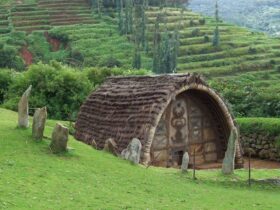
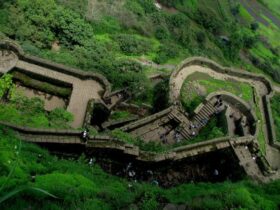
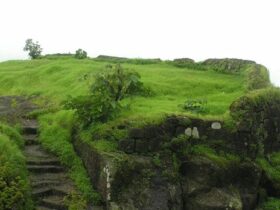

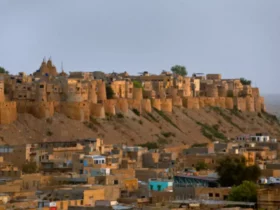
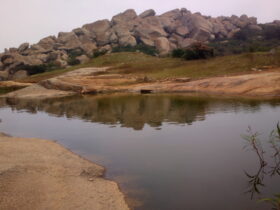
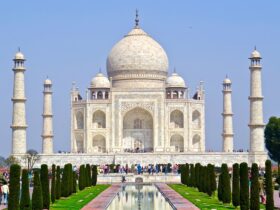


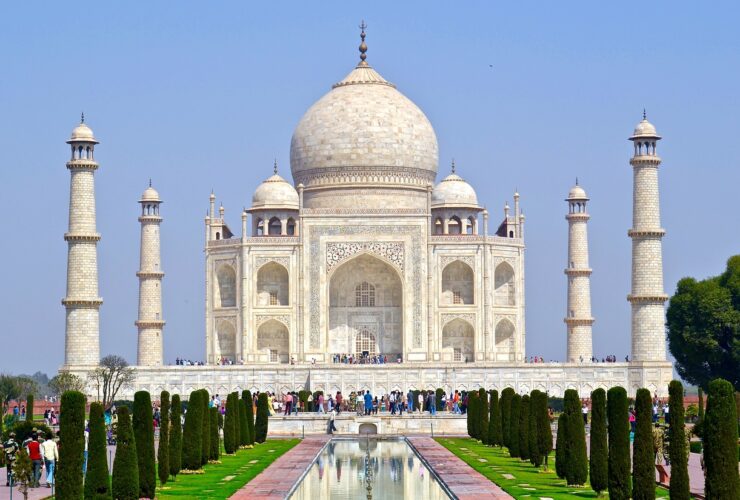

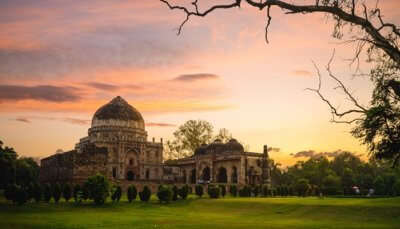
Leave a Reply
View Comments